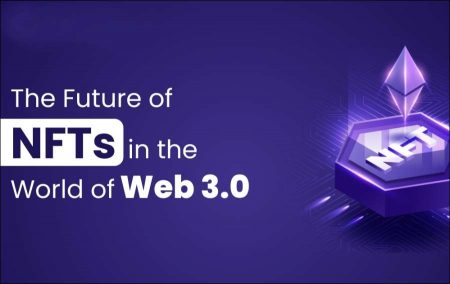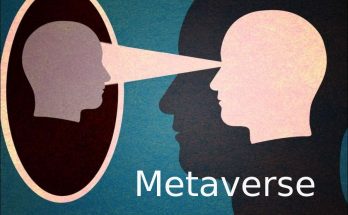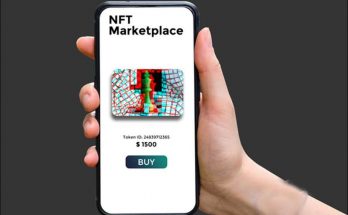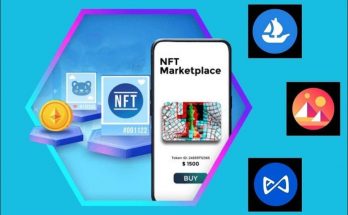The future of NFTs in the Web 3.0 world. It is a new generation internet created and developed based on blockchain technology. Therefore, it has many Blockchain-related features that emphasize decentralization.
Web 3.0 technology is clearly more advanced than versions 2.0 and 1.0. While with version 1.0 users could only read, with version 2.0 they had limited interaction and had their online presence controlled by a third party or organization, now with Web 3.0 they can truly own their online property. This means that they can keep their digital belongings and make various decisions thanks to the decentralization brought by Blockchain technology.
Web 3.0 allows anyone to create, contribute to and control the internet. It is known that it is an open source where anyone can create content without feeling the need to trust it. The smart contract mechanism will ensure that everything works correctly. Additionally, Web 3.0 is known for its decentralization. This means that users’ activities will occur without the need for approval from a central authority.
Digital Property Revolution
Thanks to blockchain technology, users can now truly own their assets. NFTs serve as proof of ownership for digital assets, such as songs, artwork, or in-game items, or real-life assets represented by non-fungible tokens.
In the past, although digital assets such as images or videos on social media theoretically belonged to users, they were actually held by technology giants such as Google, Facebook or TikTok. When there is a problem with the network or social media is hacked, your assets will be protected by third parties, but when they fail they will be damaged or lost without any compensation.
Nowadays, with Web 3.0, you can store your digital assets and protect them from any online attacks due to the security provided by Blockchain technology. Your images or videos can now be stored as NFTs on a Blockchain network to become immutable and unchangeable.
Not just online communities and events, NFTs can also be tickets to real-life events. Since NFTs are non-fungible, they can serve as a ticket into in-person events.
Exchange of Game Assets
NFTs are known as a way to store in-game items. In addition to immutability and security for in-game assets, NFTs also provide users with the ability to move their assets between different platforms via digital wallets with Multichain technology.
Thanks to this function, players can transfer their hard-to-earn digital items to another game when they get bored. They can also sell their assets in play-to-win games to other players to make money.
Data Privacy in Web 3.0
Leaking information has been a popular topic since the development of the Internet. In many social media-related cases, user losses have been reported for many reasons, from money theft to mental torture when users’ information is stolen. Therefore, Web 3.0 was developed as a decentralized platform where anyone can participate in events without KYC while security is still ensured.
Ownership in the Metaverse
The Metaverse is an online universe designed to enhance interaction between people without the restriction of distance and is, of course, decentralized. With full ownership by users, NFTs are used to represent their assets online, such as virtual real estate, furniture, avatars or clothing. Additionally, NFTs are considered a key to the Metaverse. Avatars serve as representations for users in the virtual world.
Web 3.0 brings us closer to a decentralized world where everyone can self-storage and fully control their digital assets with high interactivity. NFTs were invented as a great implementation of Web 3.0, and now they have become the key to many new functions, especially the Metaverse.
Hits: 105



